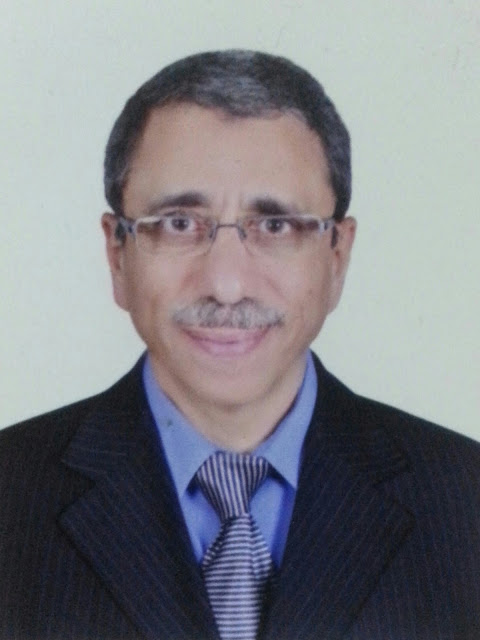OBJECTIVES:
We compared histologic findings on light microscopy of viscid secretions found in association with nasal polyps with those found in patients with chronic sinusitis without polyposis (CSWP). The differences might further understanding of nasal polyp pathogenesis.
METHODS:
In a prospective controlled study, viscid secretions found in association with nasal polyps were collected at endoscopic sinus surgery. Retained secretions in patients with CSWP acted as a control group. Both were fixed in 10% formalin, processed, and examined with a light microscope.
RESULTS:
Viscid secretions were encountered among nasal polyps in 25 of 132 patients (18.9%). Polyps containing multiloculated cysts filled with viscid secretions were found in 2 of them. Histologic examination of viscid secretions showed variable histologic pictures, ranging from a homogeneous material infiltrated with inflammatory cells, newly formed blood vessels, and bundles of collagen fibers to a well-developed connective tissue core covered with a respiratory epithelium in some areas. Histologic examination of retained secretions in patients with CSWP revealed amorphous material infiltrated with inflammatory cells with no further maturation or epithelial coverage.
CONCLUSIONS:
Viscid secretions, originating from ruptured mucosal cysts, might represent the initial step in nasal polyp pathogenesis. The variable histologic pictures detected possibly reflect different stages in nasal polyp formation from these secretions. Factors postulated in nasal polyp etiopathogenesis might trigger maturation and changes in the morphological structure of these secretions.

